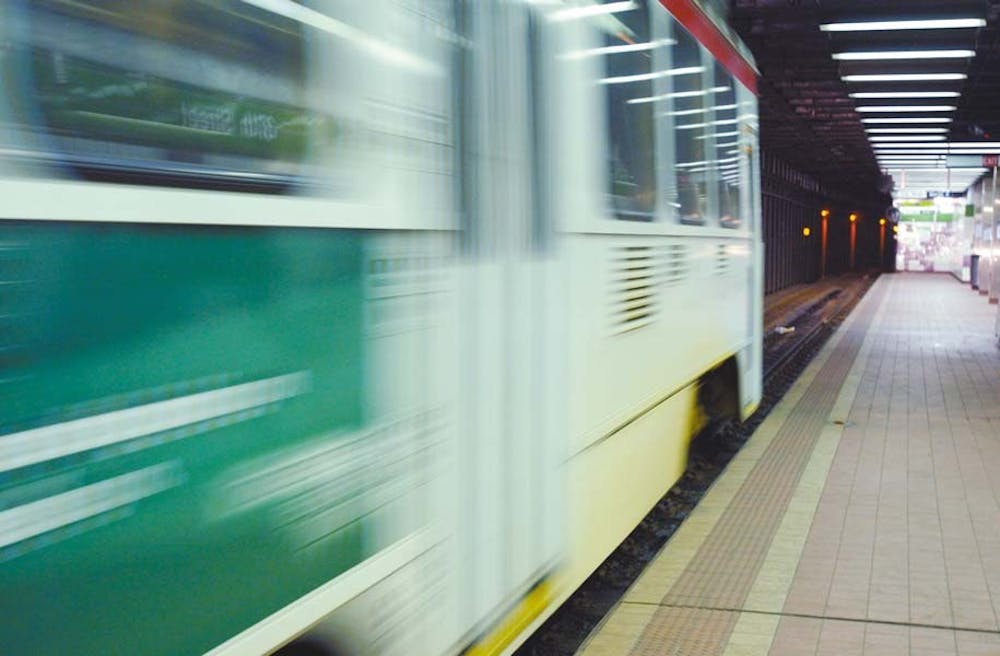
SEPTA announced last week that it could eliminate over half of its regional rail lines and convert all trolley routes to buses by 2023 as part of its doomsday plan to “realign” service, should the agency not receive additional funding starting next year.
Conversions on the several trolley lines that run through campus would begin in 2018, and suspensions of service on regional rail routes would begin next year.
Many of the closures are the result of structurally deficient bridges and trolley cars that are past their useful life, SEPTA spokesperson Andrew Busch said. If SEPTA does not receive additional capital funding, it will not have the resources to make necessary repairs and upgrades. He projects that SEPTA would need an additional $6.5 billion over the next 10 years to maintain its current level of service.
Related: SEPTA fare increase to go into effect on July 1
“Without any kind of solution on the horizon, there’s no way for us to plan on what capital projects we’re going to proceed with next,” Busch said. “Obviously we want to see an approval of the transportation funding bill, but unfortunately this is the reality of what SEPTA will look like without a solution.”
Students would be most directly impacted by the replacement of trolley service by city buses, which could not cross through campus, as do today’s underground trolley lines. Professors and commuter students would also see the consequences of service reductions, as many use SEPTA regional rail to commute from suburban areas, said Wharton and Engineering sophomore Jeff Kessler, who also chairs the SEPTA Youth Advisory Council.
“For commuters, unless they live on one of the few lines that will continue to exist, they’re going to see either much longer travel times to get to Penn, or they could have their line cut entirely,” Kessler said.
Related: SEPTA to replace tokens with smart cards
He added that faculty who receive tax deductions for taking SEPTA to campus may be forced to drive instead under the proposed changes — consequently losing their tax deduction.
Among the closures would be the airport line, which many students use to catch flights home, and the highly-traveled Media/Elwyn and Wilmington/Newark lines, which each serves nearly 3 million passenger rides per year.
College sophomore Abel McDaniels, who lives outside Trenton, N.J., often takes SEPTA regional rail for trips home. Though the Trenton line would be unaffected by the changes, the West Trenton line — closer to his house — would be among those eliminated.
Related: SEPTA combats carbon footprint
“A lot of people are more comfortable taking the West Trenton line instead of having to go into Trenton,” he said.
The Pennsylvania legislature is currently debating a transportation bill that Busch said would be sufficient to solve the transit system’s budget woes. But he stressed that the proposal is more than a tactic to scare legislators into acting — cuts will begin immediately should they fail to act.
“Right now we have to assume that were going to have to continue to operate with a capital budget in the $300 million range, and if that’s the case, this is what were going to have to do to operate a safe transit system,” Busch said. “It’s an effort to show what we’re going to have to do, unfortunately starting next year.”
The Daily Pennsylvanian is an independent, student-run newspaper. Please consider making a donation to support the coverage that shapes the University. Your generosity ensures a future of strong journalism at Penn.
DonatePlease note All comments are eligible for publication in The Daily Pennsylvanian.




